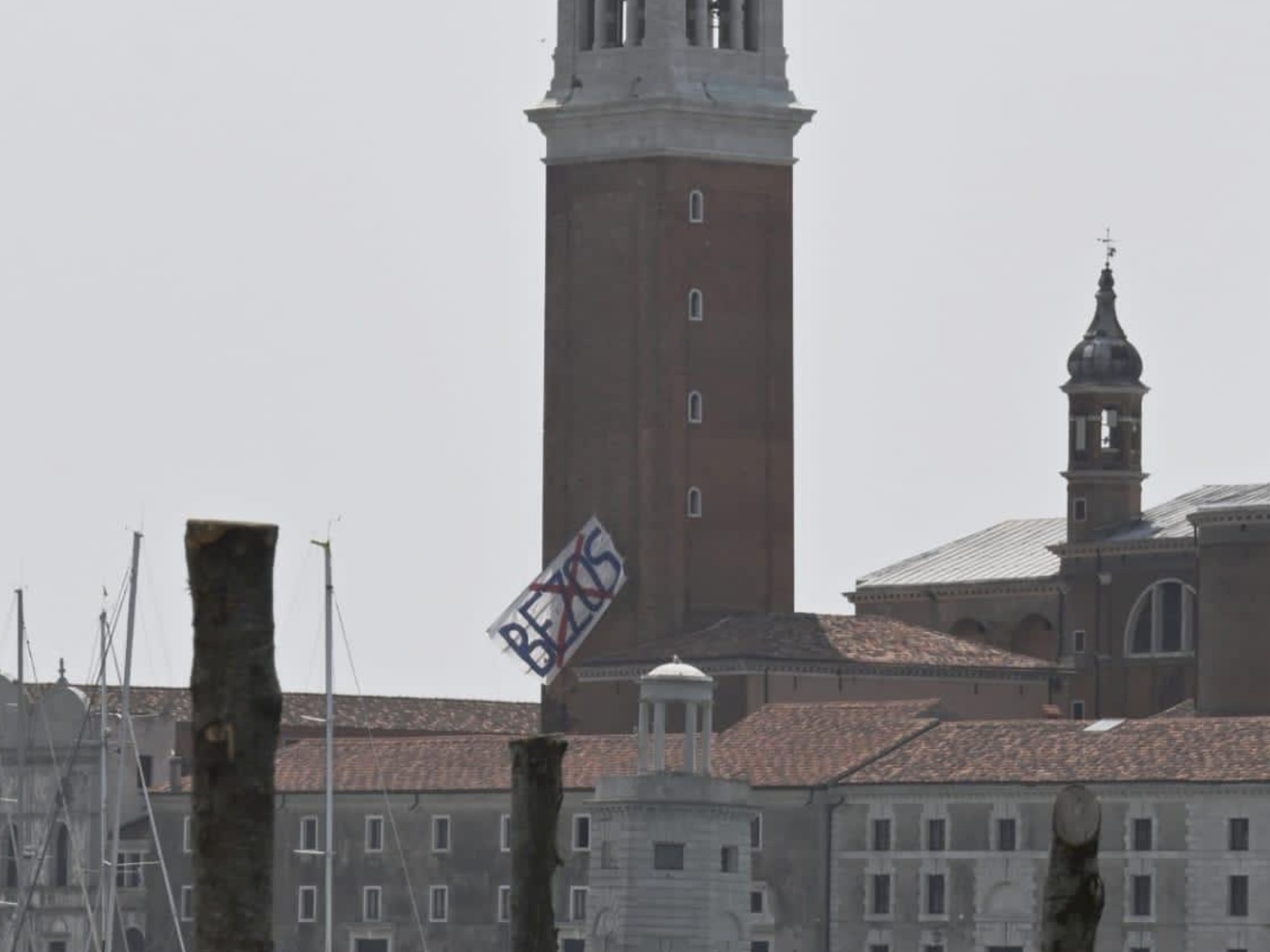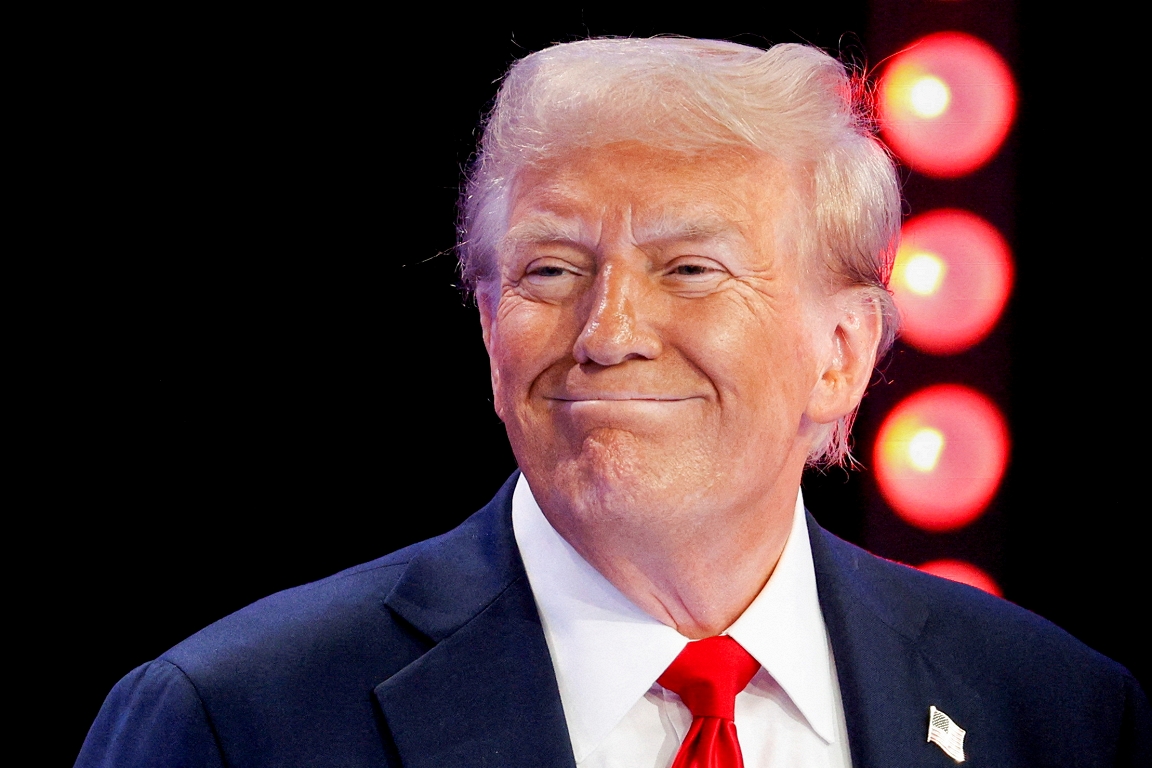Irpef, the paradox of the new rates: so scaglioni and inflation effect is eaten the lowest income

The UPB ratio: plus expenses only with cuts or revenue. The UPB president: « A season of demanding choices opens up that recalls the policy to the responsibility to identify the priorities on which to direct resources »
The Parliamentary Budget Office, independent Authority, promotes the « prudent and responsible » public finance line of the government, but warns that In the public budget there is no more space. And that every new need, from cutting taxes to defense, up to the impact of one New commercial war On GDP, it must be financed with new entry or spending measures. « A season of demanding choices opens that recalls politics to the responsibility to identify the priorities on which to guide resources, » he said The president of the UPB Lilia Cavallari presenting the report on budgetary policy on Wednesdayunderlining some problematic aspects of the tax reform and the implementation of the PNRR.
The « fiscal drag »: the mechanism that swells taxes
The combined effect of the rates of the rates Irpef and inflationfor example, is eating a substantial part of income to workers and employees. If their income increases in line with inflation, the taxpayer is pushed towards higher Irpef bracketsundergoing an increase in the average rate without having benefited from any real economic improvement. When instead the nominal income is stable or grows less than inflation, The rates are not reduced in consideration of the decreased contribution capacity, determining a proportionally higher withdrawal. This effect, known as « Fiscal Drag », It is becoming heavy. According to the UPB, the current tax reform, with 2%inflation, subtracts 370 million euros more, compared to the past, to the lowest income. Since the salaries already do not grow and cannot compensate for inflation, the effect of the fiscal drag « risks eroding to erod in considerable extent the nominal increases of wages, with potential negative repercussions on consumption and internal demand ». Any advancement of the tax reform, also says the UPB, cannot be separated from a strong evasion recovery action.
Reduced growth
In any case, the budget margins must be found. The current situation is good, but the risks of the situation are almost all downward, while « the growth potential of the Italian economy appear modest » due to demography and low productivity. THEFor the war of the duties, for example, it could take away the growth, already reduced, That little momentum it has, 0.2 points in ’26 and 0.1 in ’27. As well as the postponement of a part of the PNRR expenditure to 2027, even of only 10 billion, would halve the growth expected in ’26. The Minister of Economy, Giancarlo Giorgettistill says it is confident That with the attenuation of uncertainties the growth of ’26, 0.6% can be reached and overcome. And it is said « optimistic » on the new scrapping of the folders and the possibility of new tax relief promised by the premier. « I agree with the announcements, it’s up to me to create the conditions because they are realized, » he said yesterday.
Deepen with the podcast
The realization of the PNRR and the tow effect
In addition to the partial realization of the PNRR (there is, with the expenditure of 68.3 billion, a third of the expected one) there is also the variable of defense expenditure, that the EU and NATO ask us to increase, to weigh on the accounts. A greater expenditure of half a point of GDP, 10 billion per year, would slow down the accounts of the accounts, but 1.5% of the more expenditure GDP, 30 billion, would determine an increase in debt that could be compensated only by reallocating the expense or increasing taxes. Finally, on public accounts, climatic risks also weigh, no longer only potentially. According to the UPBif current policies do not change against climate change, The only effect of extreme atmospheric events could cost 100 billion a year in 2050.





:format(jpeg):fill(f8f8f8,true)/s3/static.nrc.nl/bvhw/wp-content/blogs.dir/114/files/2022/06/vries-marijn-de-2022-05-02-1280-web.png)
